In this article, we shall discuss the history of production and uses of steel pipes.
Steel pipes are the most widely used product in the steel industry and can be found almost everywhere – even on the scaffolding of the restoration work at the Colosseum.
Steel pipes are cylindrical pipes made of steel that have a variety of applications in construction and infrastructure. They are the most widely used products in the steel industry. The main use of pipelines is to transport liquids or gases underground – including oil, gas, and water.
However, pipes of different sizes are used during the manufacturing and fabrication process. A common household example is the narrow steel pipe that runs the cooling system in a refrigerator. This building uses ducted plumbing and heating.
Structures such as fences, bike racks, or columns can be made using steel pipes of various sizes. William Murdoch is considered the pioneer of steel pipes. In 1815 he connected several gun barrels to support a coal lamp-burning system.
Murdoch used his innovative piping system to deliver gas to London’s streetlights. Since the 1800s, steel pipe technology has come a long way, including improving manufacturing methods, developing applications for its use, and establishing regulations and standards that govern its certification.
How is steel pipe made? From melting raw materials to forming or welding, these building materials are made everywhere through two main processes: Convert raw steel into a more usable form Both processes must begin with the production of high-quality steel.
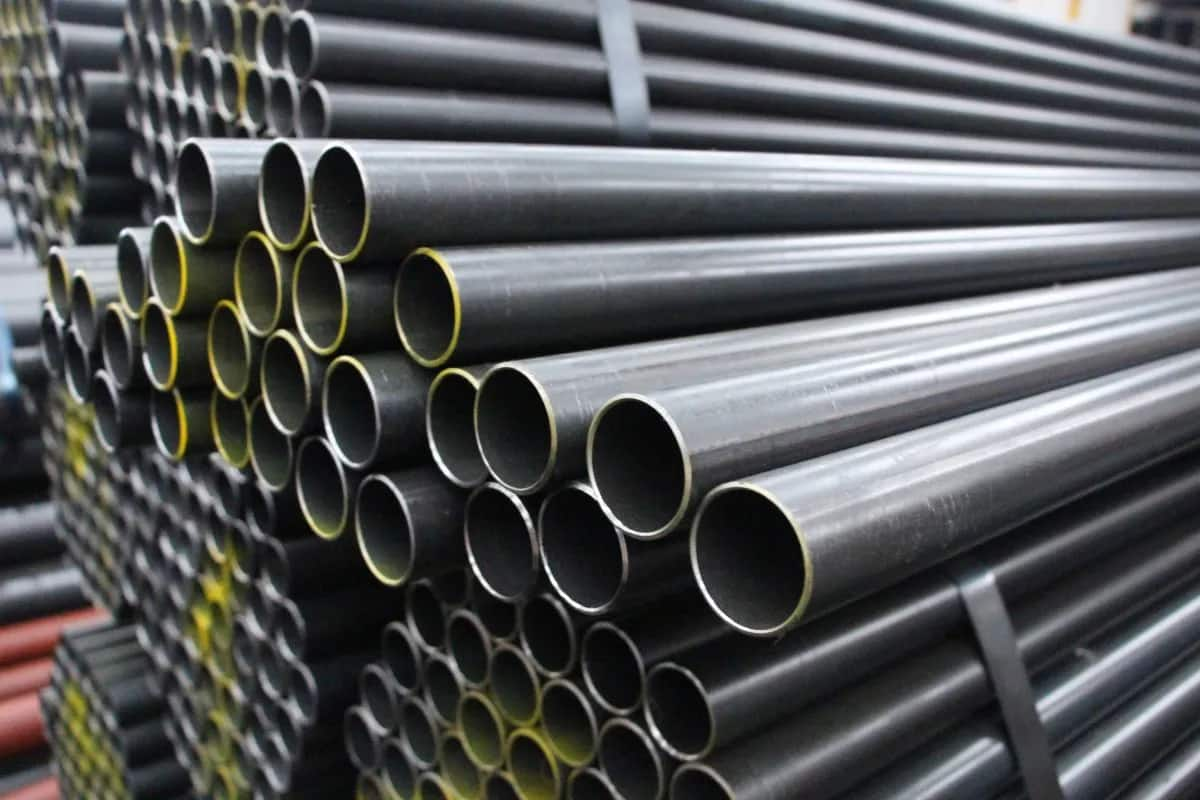
Crude steel is produced by foundries through the process of melting raw materials in furnaces. To make a composition, elements can be added to the molten metal and impurities removed. The resulting molten steel is poured into molds to make ingots or transferred to continuous casting to make slabs, billets, and blooms.
Pipes are made from two of these products: slabs or billets. Billet and steel frame in pipe making the steel frame is made of a slab that has been heated to 2200 degrees Fahrenheit. Heat can form crusts on the surface that must be removed by descaling and high-pressure cleaning.
After cleaning, the steel sheet is hot rolled into narrow and thin strips called scalp. The kelp is pickled with sulfuric acid (surface cleaning), washed with water, and rolled on a large reel as raw material for pipe making. The width of the skeleton determines the diameter of the pipe that can be made.
The skelp is unwound from a reel, heated, and rolled on grooved rollers that bend the edges of the skelp upward. This process creates a cylindrically shaped tube where the two edges are completely bent to meet each other to form a long cylinder. The welding process joins the edges together and seals the pipes.
In a continuous welding operation, welding rollers press the edges of the pipe together – a forge weld is created due to the heat already applied to the skeleton. Metal is not added during welding and the final rollers reduce the diameter and wall thickness of the pipe to a certain extent.
Resistance welding follows a similar process to continuous welding, except that the skeleton is cold rolled into a tubular shape. The electric current reaches the edge of the tube through a rotating copper disk, which heats the edge to boiling temperature.
Welding rollers join the edges of the pipe to create forging welds. Spiral welding and double-submerged arc welding use traditional welding techniques and add welding material to create a bond. Ingots for seamless pipe Billets are rectangular steel parts produced directly from a continuous casting or as a secondary product made from rolled and drawn ingots.
Read more: Steel Rebar Suppliers

These blanks can be used to make seamless pipes, which are safer in some applications due to the absence of weld lines. Solid ingots must be heated to extreme temperatures, becoming white hot but not melting.
The machine rolls them and turns them into cylindrical solids. While it’s still hot, use a bullet punch to punch out the hollow center to size. Then, a series of grinding operations are performed so that the pipe reaches the required specifications.
Complete steps the pipe can be passed through a straightener as a final step in the process before the final fittings are installed. Small-bore pipes are usually installed with threaded fittings, but large-bore pipes are often installed with flanges that are welded to the end of the pipe.
The measuring machine checks the dimensions of the finished pipe and prints the details on the side of the pipe for quality control. Quality Control Quality control procedures include the use of an X-ray machine to check for pipe defects, especially along welds.
Another method is to pressure test the pipeline by filling it with water and then holding it under pressure for a specified period to reveal any defects that could lead to catastrophic failure before commissioning. How are steel pipes used? Pipes are used in construction, transportation, and construction.
Their size is different according to their outer diameter and inner diameter according to the thickness of the wall. Depending on the forces the pipe must withstand, some applications require thicker walls than others. Structural use the use of structures in building and construction is common.
In these industries, construction materials are often called steel pipes. Steel pipes, also known as steel pipes, give more strength to foundations and are widely used in construction projects. construction pile Steel pipes provide foundation strength in a process called piling.
In these applications, the pipe is driven deep into the ground before the foundation is laid. It provides stability for tall buildings or unsafe ground levels. There are two types of candlesticks: The lower end of the end-bearing pile rests on a layer of particularly hard soil or rock.
The load of the building is transferred to the solid layer through piles. Friction piles transfer the load of the building to the soil through friction throughout the height of the pile. The entire surface of the pile helps to transfer the force to the soil.
Scaffolding beams are made of steel tubes, allowing construction workers to access inaccessible areas of the building. scaffolding pole Scaffolding beams are made by connecting steel pipes in cages, allowing construction workers to access areas above ground level.
use in production Steel pipes is used to make guardrails to protect cyclists and pedestrians. protective fence Guardrails are also made of steel tubing and provide an aesthetically pleasing safety feature for stairs and balconies.
Read more: Steel Rebar Price Chart

How is steel pipe specified and How does Reliance Foundry?
There may be confusion about how these materials are determined and what the exact meaning of pipe properties is.
The American Society for Testing and Materials (ASTM), along with the American Society of Mechanical Engineers (ASME) and the American Petroleum Institute (API), are the foremost authorities for pipe specifications in North America.
Specifications can be divided into three categories: Nominal pipe size, or NPS, is the term used to describe pipe size. The source of NPS numbers for smaller pipes (< NPS 12) is different than for larger-diameter pipes. However, all pipes with a specific NPS number have the same outer diameter or outside diameter (OD).
The inner diameter will vary depending on the thickness of the metal wall. The reason for this is that the same structural support can be used for all pipes of a particular NPS number, regardless of wall thickness.
Program A steel pipe timeline is a method of describing pipe wall thickness. This is a key parameter as it is directly related to pipe strength and suitability for a particular application.
A pipe timeline is a dimensionless number that is calculated from the wall thickness design formula according to the design pressure and allowable stress. Examples of program numbers are 5, 5S, 10, 20, 30, 40, 50, 60, 80, 100, 120, 140, 160, STD, XS, and XXS, the most common being the 40 and 80 programs.
Read more: Steel Wholesale Suppliers

The number of advances increases, and the thickness of the pipe wall increases. Therefore, the pipe plan number determines the inside diameter because the OD is fixed by the NPS number. Pipe weight can be calculated based on the NPS which determines the outside diameter and the schedule which determines the wall thickness.
This formula uses a theoretical weight of 40.8 pounds of steel per square foot per 1 inch of thickness to determine the constant. Reliance Foundry supplies pipe strings made from steel pipes.
Bollards are vertical pipe sections installed underground to protect people, buildings, and surrounding infrastructure from vehicle impacts. Steel pipe bollards must comply with safety regulations to ensure sufficient strength to withstand the effects of a vehicle crash.
Depending on the application, Schedule 40 and Schedule 80 sheets of steel can be used to make steel pipe bollards. Steel pipe columns are often covered with decorative coatings of stainless steel, plastic, or other metals to beautify the appearance and protect the steel pipes from corrosion.

Transport use of Steel Pipes
Steel pipe is most frequently used to convey goods since it is the best option for long-term installation. It can be buried in the ground because to its resilience to failure and cold. Since low-pressure applications won’t be under much pressure, they don’t need high-strength pipes.
Producing with thinner walls results in lower costs. More exacting requirements are needed for more specialized applications, such as pipes used in the oil and gas sector.
High strength and thus thicker walls are necessary due to the likelihood of increased line pressure and the risk of product transport. Costs are typically greater for this. A crucial component of these programs is quality control.
All information mentioned above providing to the buyers who want to know and buy metal steel products with professional and innovative thoughts, and passionate and enthusiastic attitudes.
Our vision is to be a standard for customized products and quality services so that we can build a good brand image for our company in the national and international markets with competitive prices and cheap shipping services.
We are eager to do what we do and strive to further the needs of our customers by providing quality products and services. And do not hesitate to any questions our support teams are available. For more information kindly visit our site.
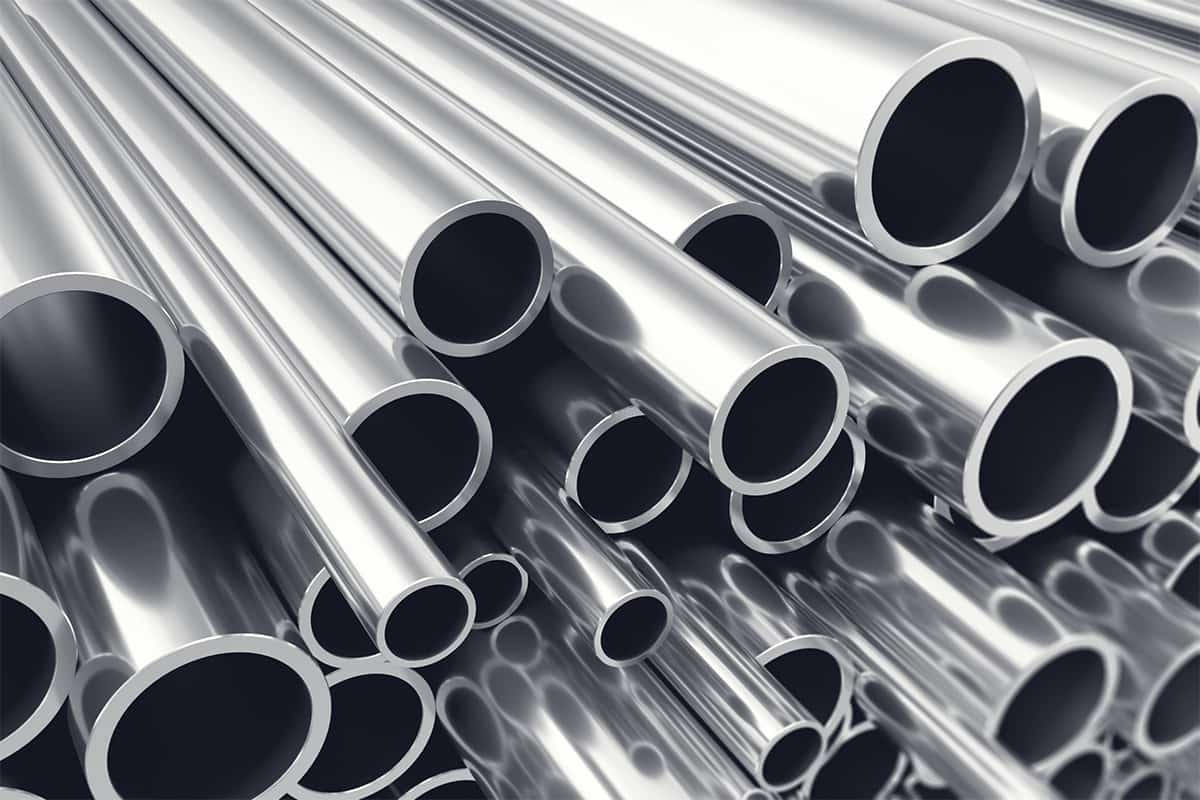
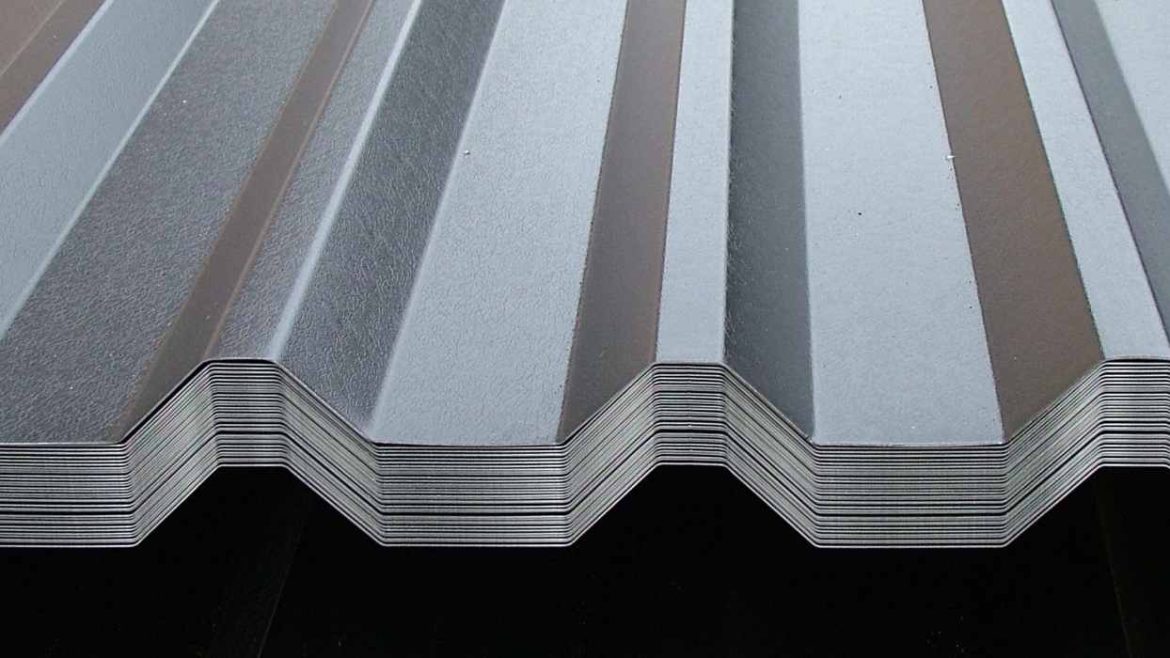
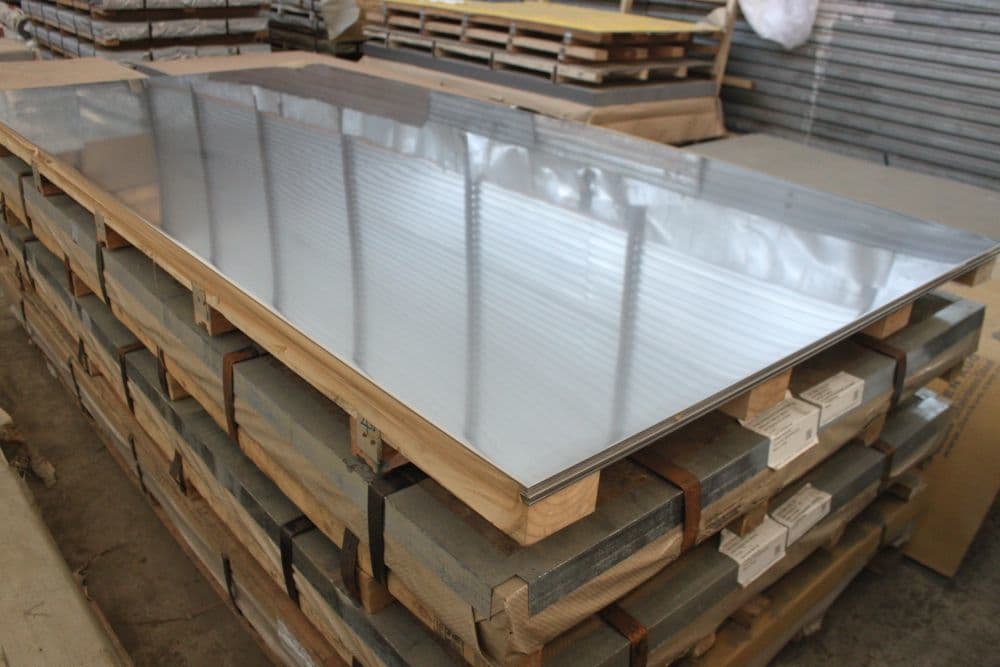

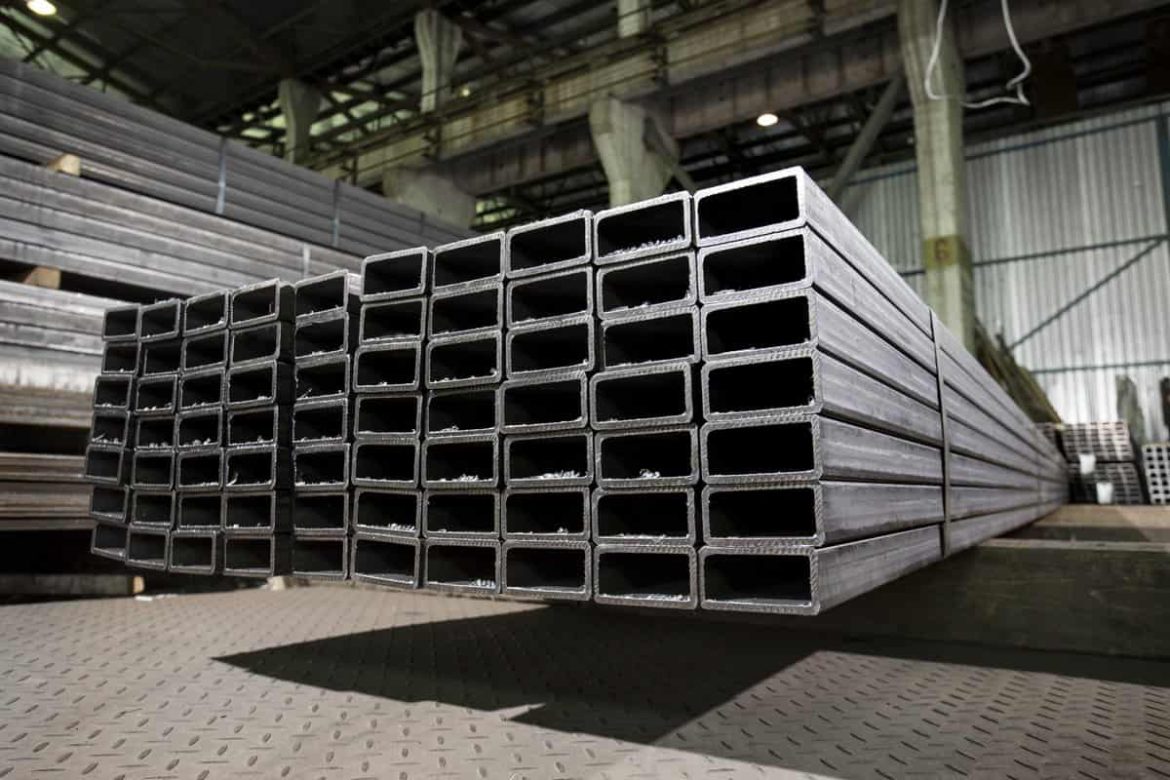

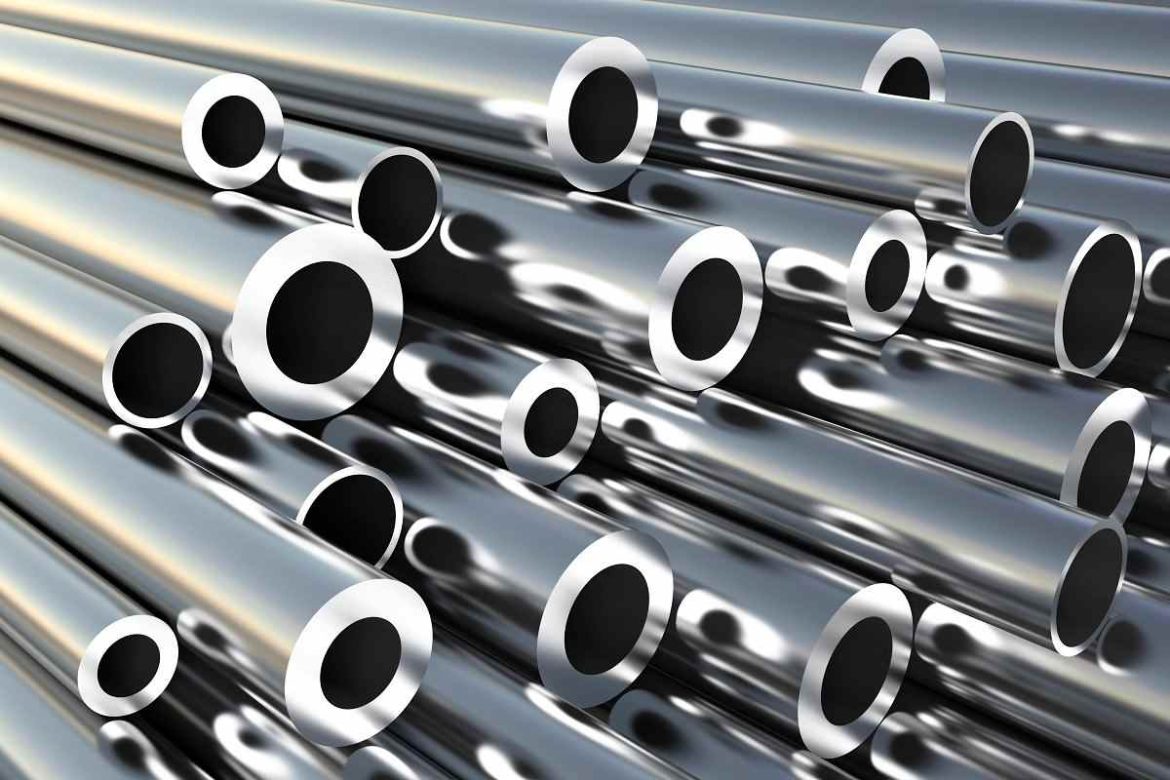

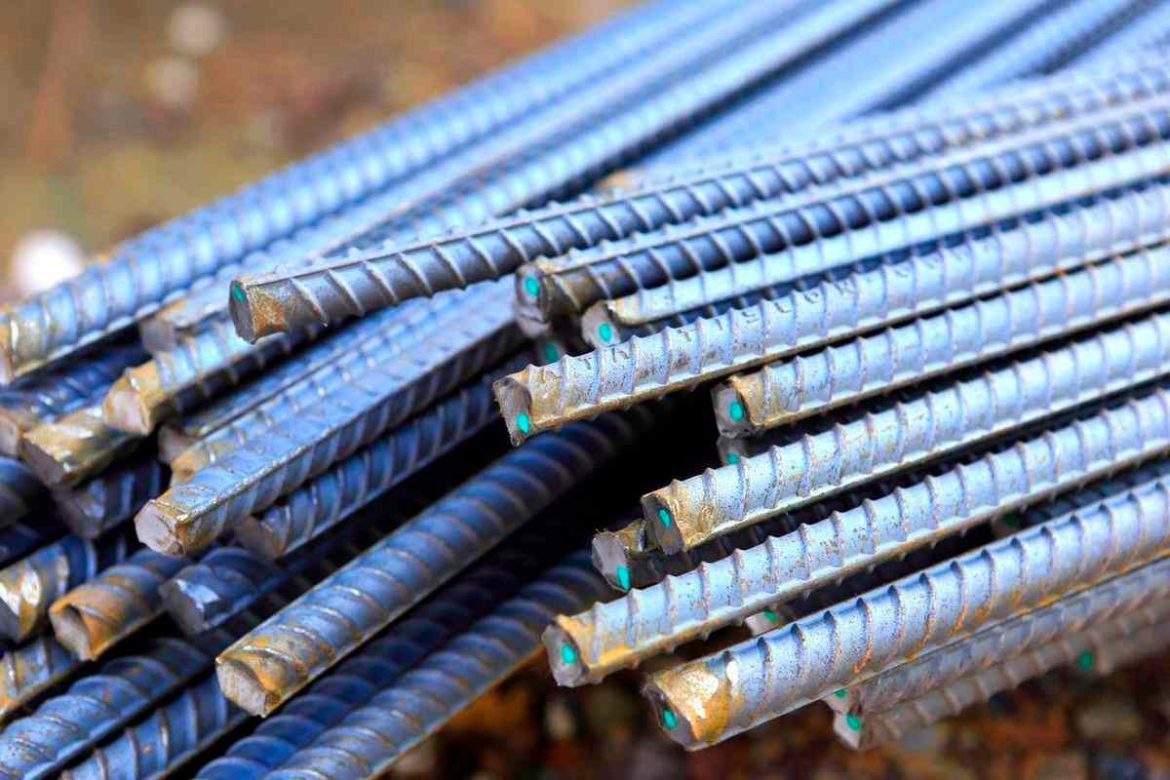

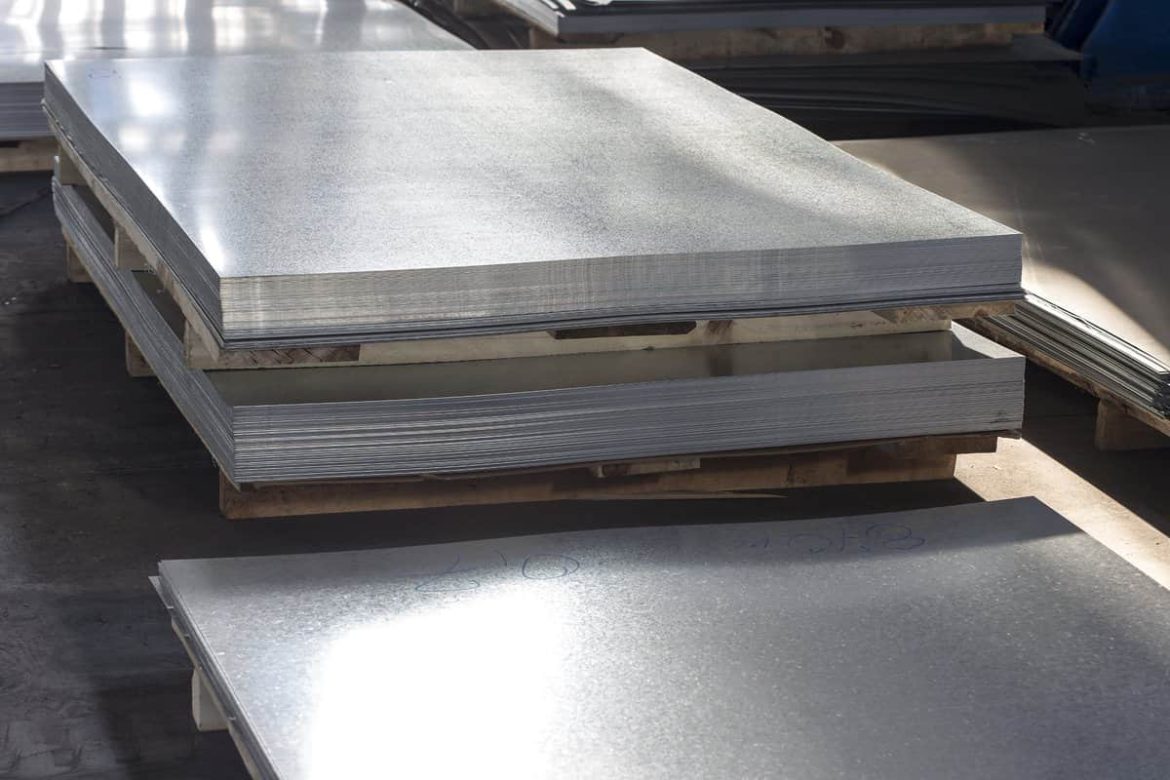
Your comment submitted.